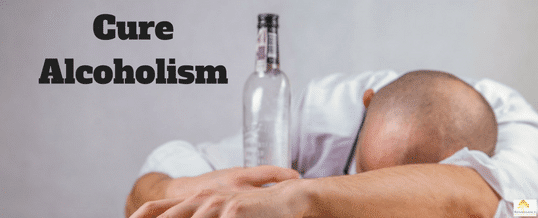The Sinclair method for de-addiction to alcohol and other addictions can be found in the book The Cure for Alcoholism. Briefly, alcoholics enforce their habitual drinking by their body’s production of endorphins with each drink of alcohol. Before one developed an alcoholic habit, there is a limited stimulation of opioid receptors by drinking alcohol. As the individual consumed greater quantities of alcohol, opioid receptors dramatically increase in activity, providing a tremendous release of endorphins with alcohol consumption. When an alcoholic becomes sober, the neurochemistry has not yet changed and opioid receptor activity remains overactive signaling the need to consume alcohol. It is this strong signaling that overcomes the thinking to not drink.
The Sinclair method uses naltrexone that is taken prior to ingestion of alcohol. This dampens the positive feedback that the person experiences when drinking alcohol. Fewer endorphins are produced. As days and weeks proceed, with continued use of naltrexone taken within 1 hr of drinking, the opioid receptor activity is inhibited to a greater degree and the positive reinforcement experienced with alcohol is partially if not completely eliminated. Over time the craving for alcohol disappears chemically and the person is de-addicted from his habit. Willpower is no longer needed to remain sober.

